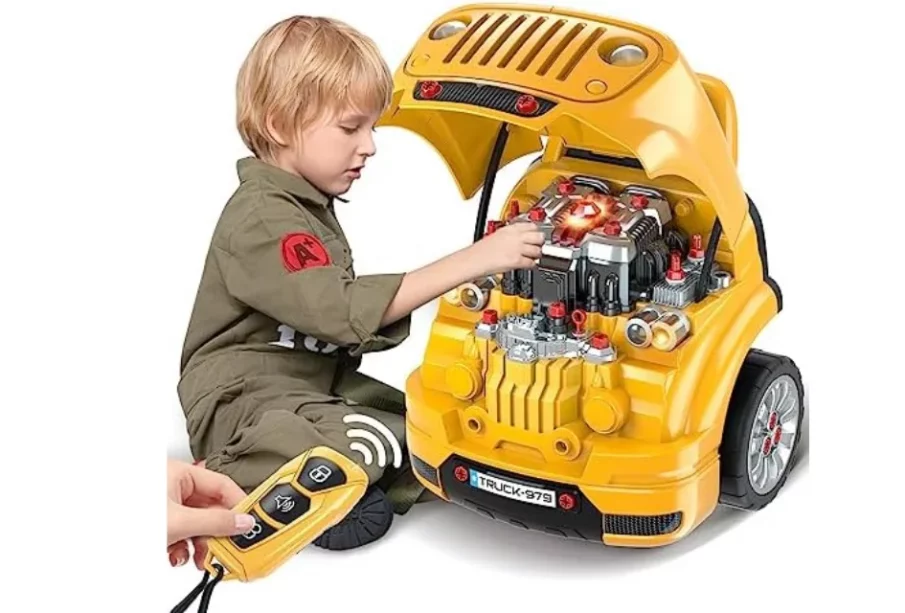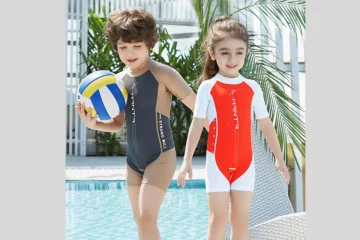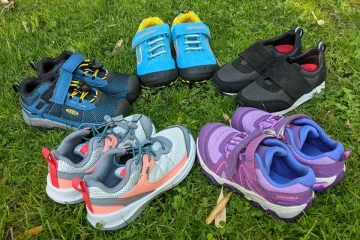Toys for Kids: Choosing the Best Playthings for Child Development

Toys for Kids | Bebevy
Toys play a crucial role in the growth and development of children, influencing their cognitive, social, and emotional skills. As parents and caregivers, selecting appropriate toys for kids goes beyond mere entertainment; it involves understanding their developmental stages and needs. This article explores the importance of toys in child development and offers guidance on choosing the best toys for kids across different age groups.
Importance of Toys for Kids
Toys are not just objects of amusement; they serve as tools for learning and development. Here’s why toys are vital for children:
- Cognitive Development: Toys stimulate children’s brains, encouraging problem-solving skills, creativity, and imagination. For instance, building blocks and puzzles promote spatial awareness and logical thinking.
- Physical Development: Toys such as balls, bikes, and climbing structures enhance children’s motor skills and coordination. These activities are crucial for their physical well-being and dexterity.
- Social and Emotional Growth: Toys facilitate social interactions and emotional expression. Pretend play toys like dollhouses or action figures help children understand social roles and develop empathy.
- Language Skills: Toys like books, puzzles with letters, and interactive games foster language development and communication skills. They encourage children to express themselves verbally and understand concepts better.
- Educational Value: Many toys are designed with educational purposes, teaching children about numbers, colors, shapes, and various subjects. Educational toys make learning enjoyable and effective.
Choosing the Right Toys for Different Age Groups
Selecting toys appropriate for a child’s age and developmental stage is crucial. Here’s a guide on choosing toys for kids based on their age:
Infants and Toddlers (0-2 years)
- Soft Toys and Plushies: These are safe and comforting for young children.
- Activity Gyms and Playmats: Promote sensory exploration and motor skills.
- Stacking Toys and Shape Sorters: Encourage fine motor skills and problem-solving.
Preschoolers (3-5 years)
- Building Blocks and Construction Sets: Enhance creativity and spatial skills.
- Art Supplies: Foster creativity and imagination.
- Pretend Play Toys: Encourage role-playing and social skills development.
School-Age Children (6-12 years)
- Board Games and Puzzles: Develop strategic thinking and problem-solving abilities.
- STEM Toys (Science, Technology, Engineering, Mathematics): Promote interest in these fields through hands-on activities.
- Sports Equipment: Encourage physical activity and teamwork.
Considerations When Choosing Toys
When selecting toys for kids, consider the following factors:
- Safety: Ensure toys are age-appropriate and free from choking hazards.
- Durability: Choose well-made toys that can withstand rough play.
- Versatility: Opt for toys that can be used in multiple ways, stimulating different aspects of development.
- Educational Value: Look for toys that promote learning and skill development relevant to the child’s age.
Conclusion
Toys for kids are more than just playthings; they are tools that shape children’s development and learning experiences. By choosing toys thoughtfully and considering the child’s age and developmental needs, parents can provide valuable opportunities for growth and enrichment. Whether it’s fostering creativity, enhancing cognitive skills, or encouraging social interaction, the right toys play a crucial role in a child’s journey towards learning and discovery.
In conclusion, the impact of toys on children’s development cannot be overstated. From infancy through childhood, toys serve as companions in learning and exploration, shaping the way children perceive the world and interact with it. By understanding the significance of toys in child development and choosing wisely, caregivers can support holistic growth and lay a foundation for lifelong learning and creativity.








